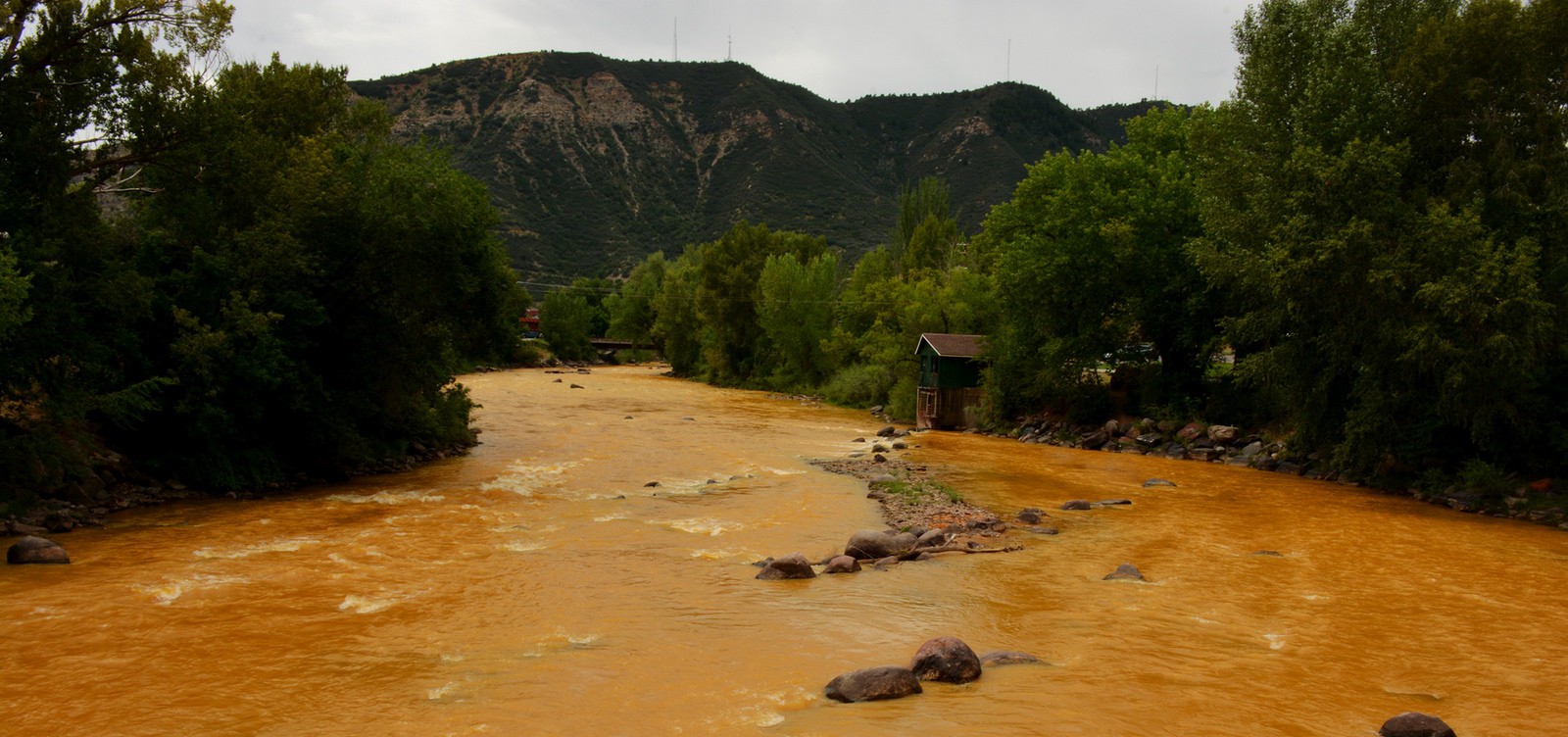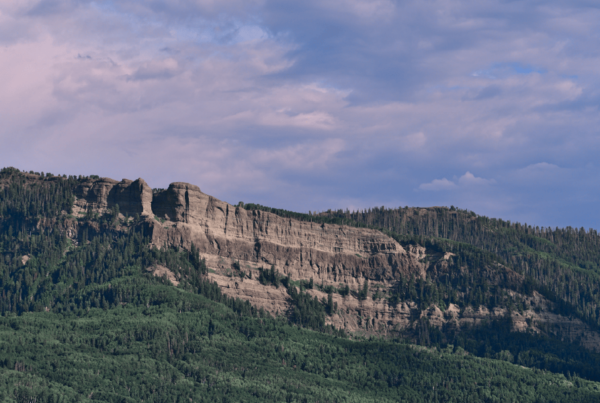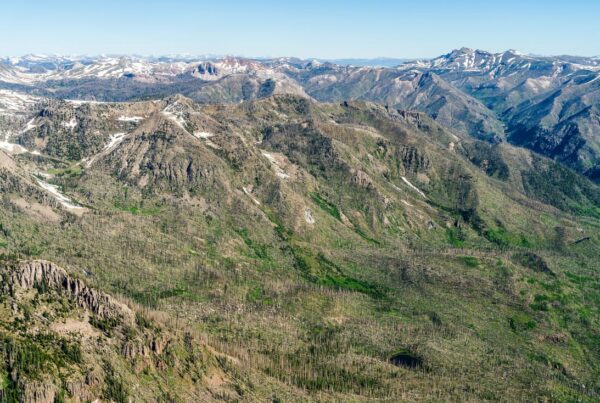Colorado is currently considering ways to strengthen rules for protecting water from future hardrock mining operations. It’s a direct link back to the Gold King Mine spill in 2015, though one perhaps obscured by the passage of time.
The path of changes and improvements to how the state manages potential impacts of hardrock mining offers a prime example of cause and effect, how real-world events eventually make their way into enhanced rules for protecting natural resources.
Recall the Gold King Mine portal blew out in 2015, releasing several million gallons of mine sludge that turned the Animas River bright orange. It was a sobering event that spurred contemplation about the adequacy of Colorado’s rules governing hardrock mines for gold, silver and the like.
When events like the Gold King spill occur, folks immediately ask how did it happen, and how might we prevent future similar disasters. We might not be able to address historic problems associated with century-old infrastructure, but we can take lessons learned and insist on better plans to head-off a repeat.
Consequently, several years after Gold King the Colorado legislature in 2019 enacted a landmark mining reform bill. Prior to enactment of House Bill 19-1113, the state only required that land disturbed by mining be restored as close as possible to original conditions, but the rules did not similarly require restoration of water quality.
With the law’s passage, Colorado will now require that miners must plan before starting operations how to ensure water quality is protected. Those plans require companies demonstrate that water quality will be restored after mining ceases and that permanent water treatment will not be the final result. That means planning for an end date for water treatment to avoid the need for the public and taxpayers to foot the bill for perpetual water treatment.
In the case of Gold King, many presume the long-term viable solution will be a plant to treat the contaminated outflow of mines around Gladstone essentially forever at the public’s expense. Currently, an interim water treatment facility is operating at Gladstone to remove metals in the water draining the Gold King Mine using lime to neutralize and precipitate almost 1,000 pounds per day of contaminants. The plant has treated hundreds of millions of gallons of water in recent years.
Water treatment costs at other mining Superfund sites, like that at Summitville south of Wolf Creek Pass, run $2 million annually. Multiplied by perpetuity, that’s a pretty hefty number. Hence the desire to preclude similar future environmental and financial disasters.
This spring, almost six years after Gold King, Colorado’s mining regulators are drafting rules implementing the law passed in 2019. The new rules won’t help with the legacy of historic polluting mines, but are aimed at preventing similar catastrophes with permits for new and expanded mines.
The new rules are the result of deliberation and outreach to conservation groups, communities, mining industry, and others with a concern about preventing water pollution from hardrock mining. The state anticipates adopting the revised rules later this summer.
One additional reform covers updated requirements for bonds – the financial guarantees provided by mining companies that they’ll be able to foot the bill for future land and water reclamation at the conclusion of mining.
The practice of self-bonding is now prohibited, which means companies can no longer self-insure. That change is intended to prevent taxpayers from picking up the tab for future mine reclamation in the event companies go bankrupt, and cannot fulfill their self-bonding commitments.
If only similar foresight had existed back in the heyday of the 19th-century mining boom. While we cannot go back and change history, we can learn from our mistakes and take steps to prevent repeats.
This content first published in the Durango Herald.




